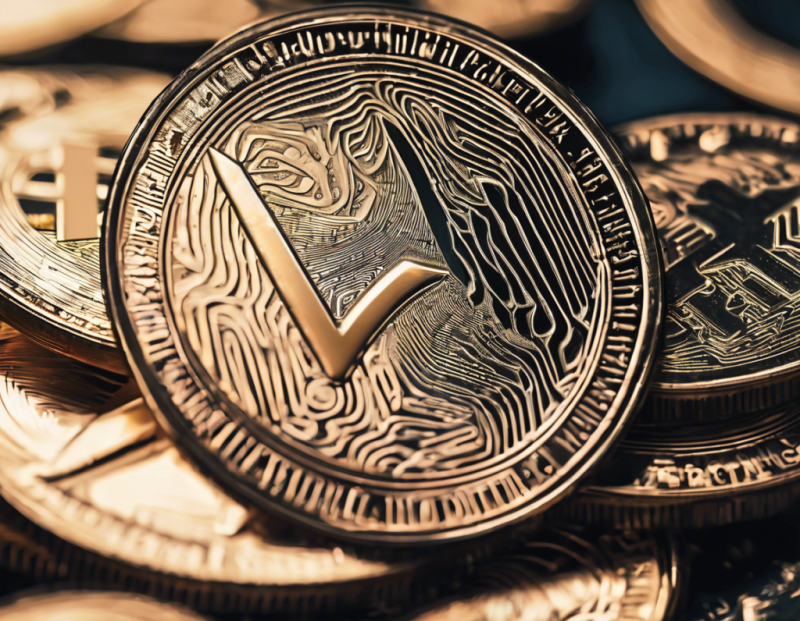 |
|
 |
|
 |
|
 |
|
 |
|
 |
|
 |
|
 |
|
 |
|
 |
|
 |
|
 |
|
 |
|
 |
|
 |
|

President-elect Donald Trump met with Ripple executives last week, and the officials confirmed the dinner with subtle messages in their social media posts.
“Great dinner last night with Donald Trump and Stuart Alderoty. Strong start to 2025,” Garlinghouse said.
On the other hand, Alderoty reposted the Ripple CEO’s comments with a caption, “…and to top it off, the beef bourguignon was really good.”
Apart from the posts on X, the executives and the president-elect remained tight-lipped about what really transpired during the event. Thus, the nature of the conversation among the three became the subject of much speculation from the crypto community, especially in light of Ripple's ongoing push for expansion in the US and its case against the US Securities and Exchange Commission (SEC).
A supposed leak that the New York Post recently obtained from an anonymous source hints at what the key personalities in the crypto industry and government may have talked about. According to the publication, the incoming president will follow up on his plan to establish a strategic Bitcoin (BTC) Treasury reserve by adopting other cryptocurrencies for similar purposes.
In this case, Trump reportedly has an interest in integrating US-made digital assets like XRP, Solana (SOL), and Circle’s USDC. This unprecedented move could further advance his campaign promise of making the US the “crypto capital of the planet.”
The source suggested that Trump was “receptive” to the idea after the meeting with Garlinghouse and Alderoti. The affair also came hot on the heels of the 47th US president’s earlier talks with other crypto personalities, including Coinbase CEO Brian Armstrong and Crypto.com CEO Kris Marszalek.
XRP, SOL’s addition to the national reserve
The XRP and Solana ecosystems would benefit greatly from their tokens’ inclusion in the US National Reserve. It would give them wider exposure and reinforce their viability as an alternative to traditional treasury reserves like gold.
Moreover, integrating these digital assets into the national treasury would allow further diversification of the nation's reserve assets beyond gold and Bitcoin. It would introduce a layer-upon-layer of hedges against inflation risks.
According to Macroaxis data, Bitcoin has a very low correlation coefficient with gold at 0.01, indicating a significant diversification opportunity if used as a supplemental treasury reserve. On the other hand, XRP and SOL have 0.87 and 0.56 correlations with BTC, respectively.
Furthermore, their adoption would exemplify the US government’s strong support not only for BTC but also for local blockchain innovations. This could help spur investments within its jurisdiction, which could lead to more innovations and employment in the Web3 and crypto space.
免責事項:info@kdj.com
提供される情報は取引に関するアドバイスではありません。 kdj.com は、この記事で提供される情報に基づいて行われた投資に対して一切の責任を負いません。暗号通貨は変動性が高いため、十分な調査を行った上で慎重に投資することを強くお勧めします。
このウェブサイトで使用されているコンテンツが著作権を侵害していると思われる場合は、直ちに当社 (info@kdj.com) までご連絡ください。速やかに削除させていただきます。






















































